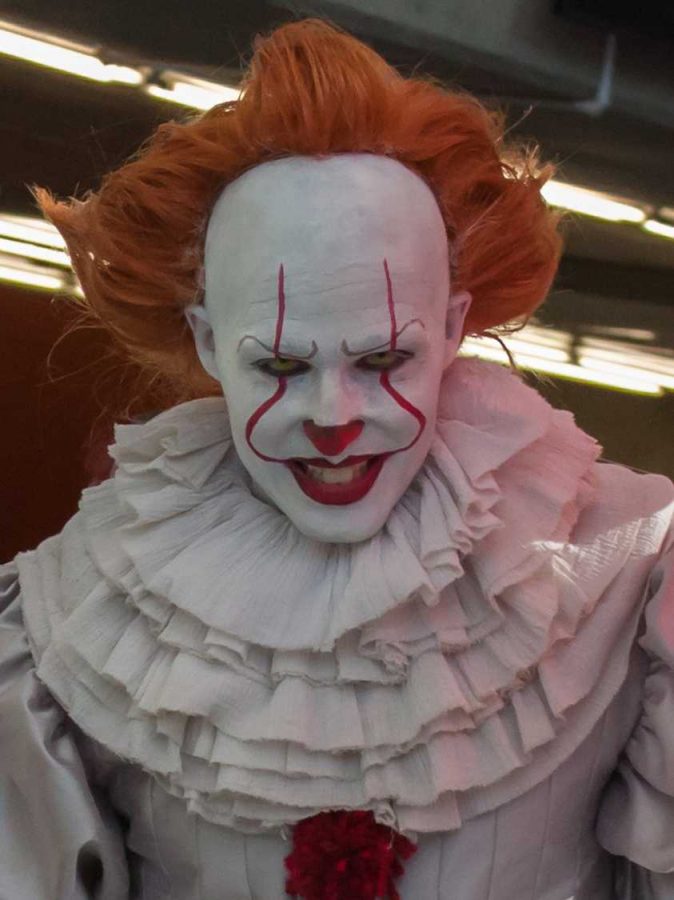On the surface, director Andres Muschietti’s “It” can be interpreted as a superficial adaptation of Stephen King’s 1986 classic novel; but when analyzed, the film yields an underlying exposition not only on the things we fear, but why we fear them.
Like any horror movie worth its salt, “It” keeps its viewers on the edges of their seats. The movie begins with a suspenseful opening scene that, accompanied by a chilling score, sets the tone for the movie’s development into a terrifying story of human behavior when faced with our deepest and most primordial fears. The purveyor of this fear is the sinister Pennywise the Dancing Clown, a supernatural shapeshifting horror that terrorizes the children of Derry every 27 years. The title gives the main antagonist a sense of omnipotence, as the entity known as “It” seems to not have a singular form and can therefore not be identified or expressed in a singular name. Each character is introduced and subsequently defined by the fear they experience as a result of Pennywise’s invasion of the small town of Derry.
Two of the central characters, Bill Denbrough and Beverly Marsh, experience a progression of their fear as It manifests itself into their worst nightmares. For Beverly, her fear of menstruation and puberty materializes as a fountain of blood emerging from her bathroom sink. This fear is only augmented by her abusive father’s apprehension that her maturation will weaken his control over her. By the end of the movie, however, Beverly overcomes this fear of maturity and accepts the dawn of adulthood with a blood pact made between each member of the ‘Losers’, the team who defeated the clown.
Meanwhile, Bill Denbrough suffers through his feelings of guilt and grief over the death of his younger brother, Georgie, who unbeknownst to Bill was taken by Pennywise. The progression of the film leads to Bill’s discovery of the demonic “It”, Pennywise, and the origin of his evils at the decrepit house on Neibolt Street. As Bill and the self-anointed ‘Losers’ gang take on the clown that has been terrorizing local children, it becomes clear that Bill’s greatest and most innate fear is, in fact, Georgie. Bill continually sees visions of his dead younger brother, but eventually he triumphs over his fear and shoots the shapeshifting clown while it is in the form of Georgie. Georgie represents Bill’s own failure, which cripples him until he overcomes it, reflected in his sudden cure of his stutter when he challenges the ‘Losers’ to follow him and defeat It.
Though “It” is successful in a wide range of metrics, it is not flawless. Many of the characters were relegated to more minor roles, which left some like Mike or Stanley seeming like two-dimensional add-ons rather than the fleshed out characters they were made to be in King’s novel. This is partially due to the unavoidable abridging that comes with making a 1,000 page book into a movie, but it still leaves much to be desired in certain character arcs.
The film provides a powerful commentary on how senseless fear is not truly senseless, but rather a reflection of our own selves. Expertly balancing the obligatory jump-scares with genuine, dark fear, Muschietti’s adaptation of “It” is a masterful demonstration of the multilayered nature of human terror. One can only wonder what awaits in the next installment, set to be released in 2019.


